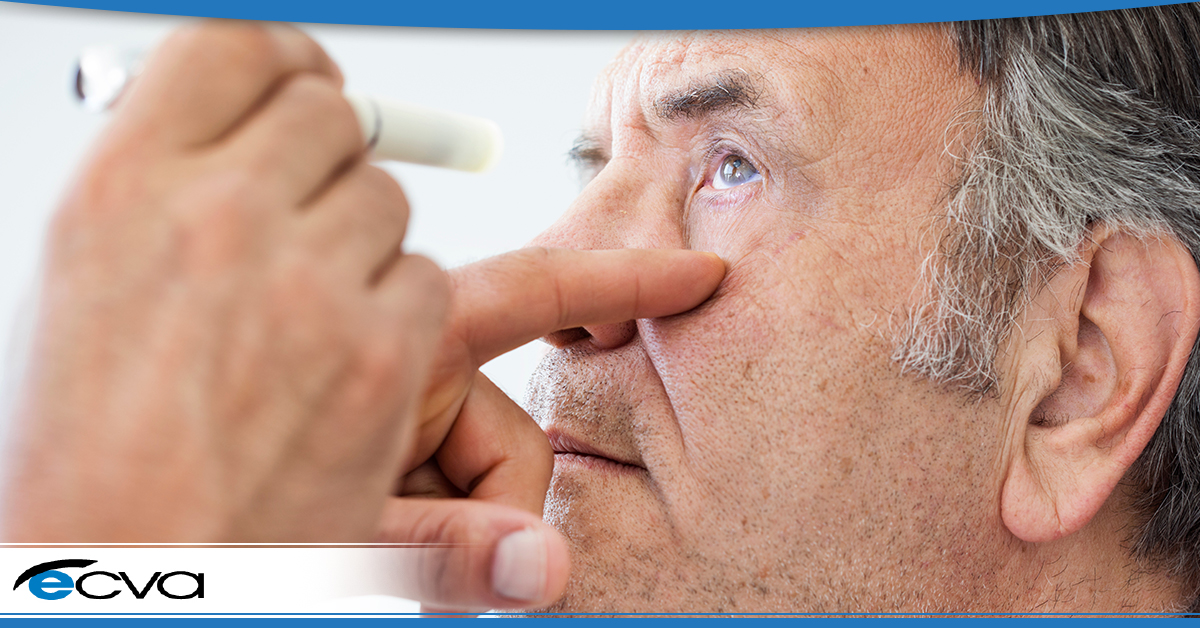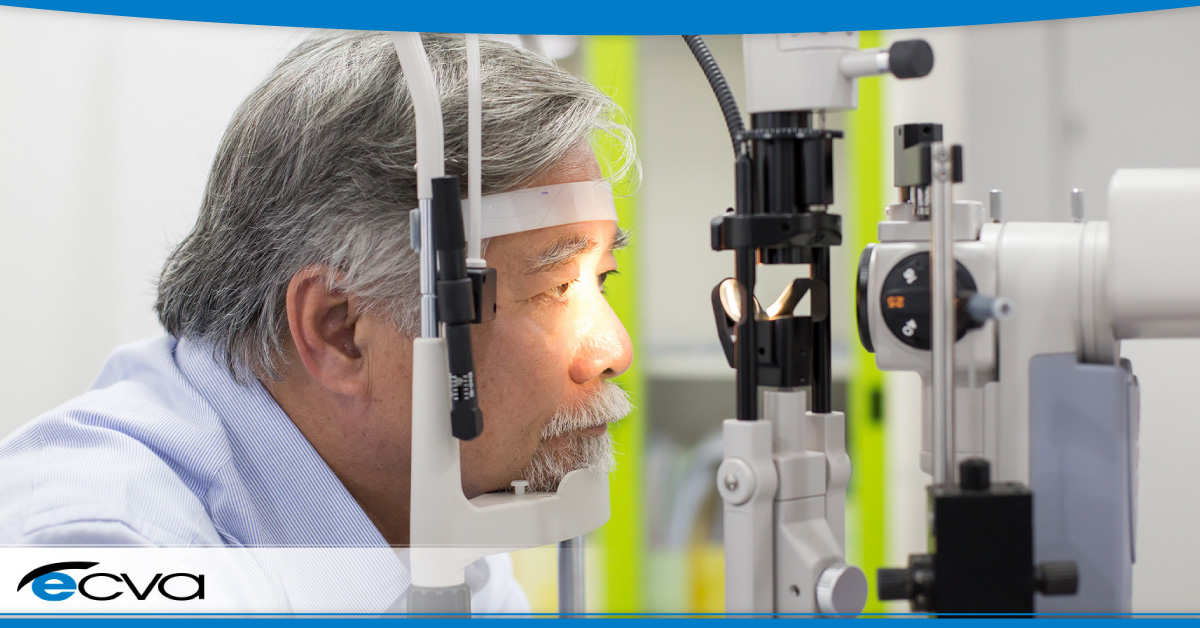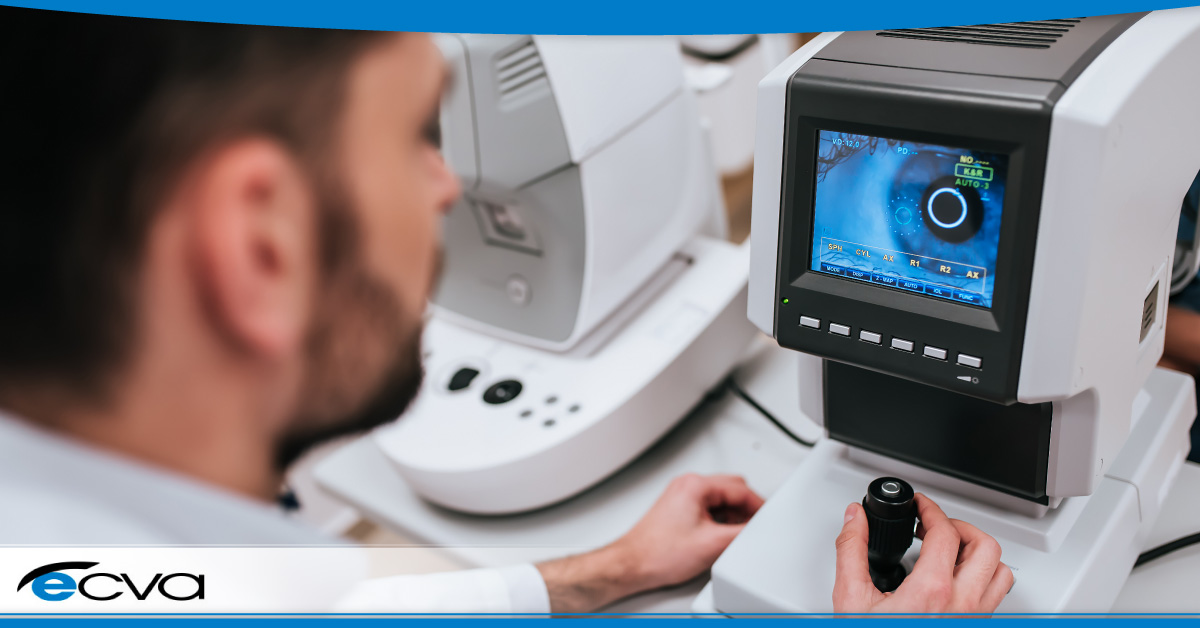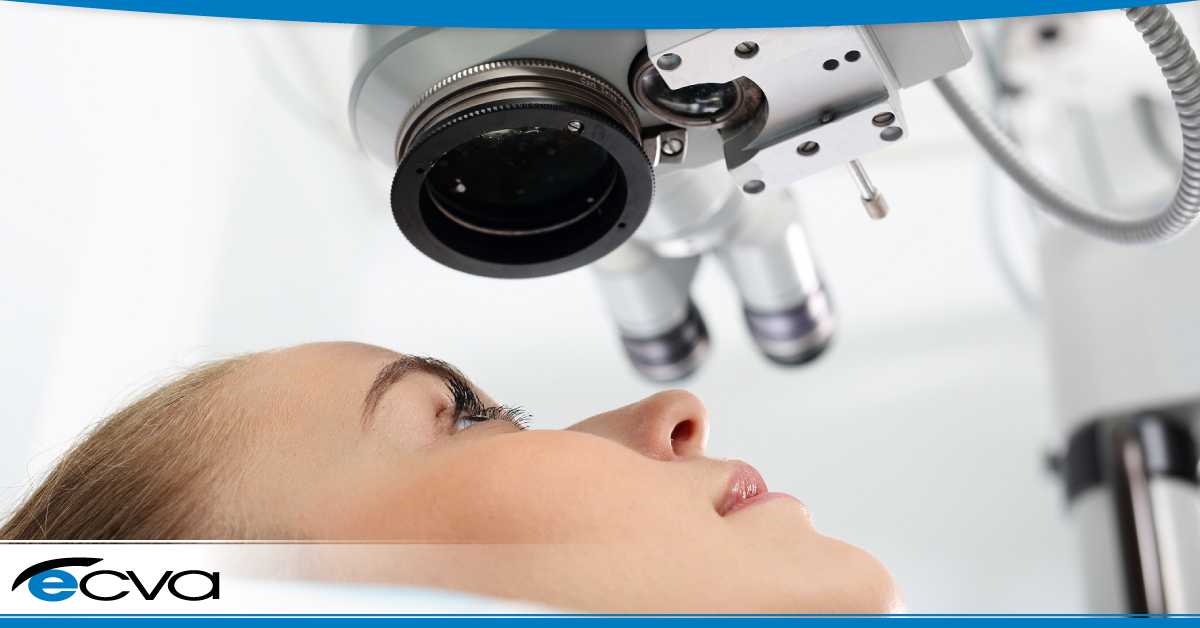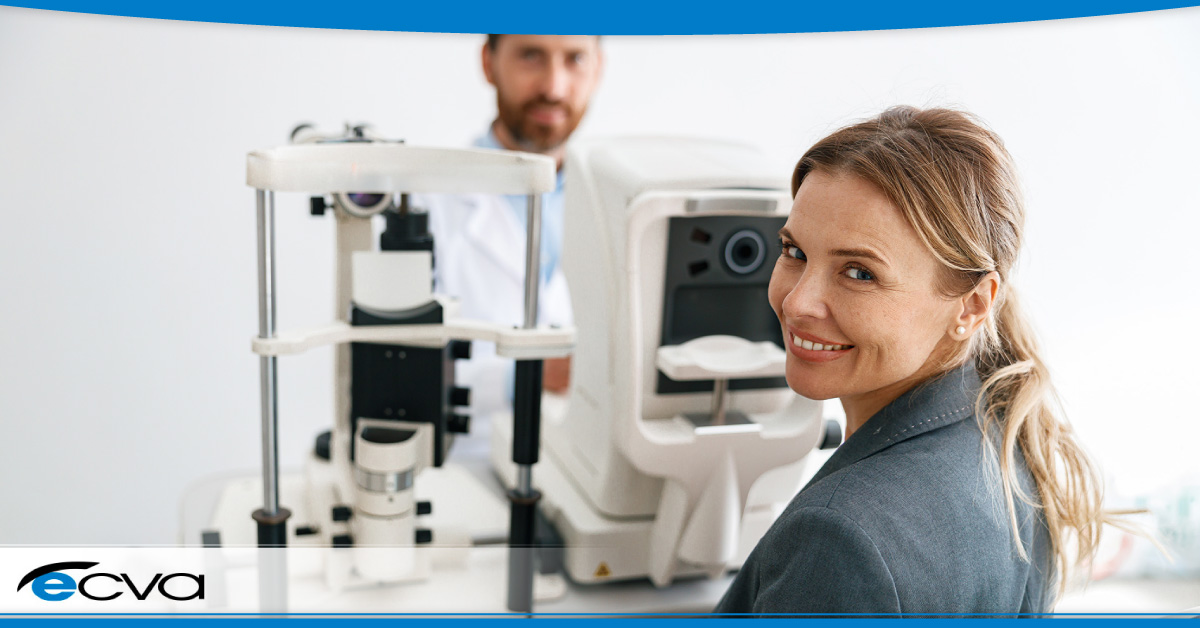More than 6.1 million American cataract patients have successfully undergone surgery to remove them. This statistic marks the surgery as one of the more common in the medical world. If you live past 70, the chances are high you’ll experience cataracts in one or both of your eyes. But what are cataracts, and should you worry about your vision?
Cataracts are a common eye condition characterized by the clouding of the lens, which leads to a decrease in vision or, if left untreated, blindness. They are primarily associated with aging but can also result from various other factors such as eye injury.
Cataracts are one of the leading causes of blindness worldwide, making it essential to seek timely and expert medical guidance. Despite surgical advancements, however, many countries lack access to these procedures. As a result, a significant number of people each year outside the U.S. go blind from cataracts.
In Buffalo, NY, the presence of skilled ophthalmologists ensures that cataract patients receive the best care to manage their condition, including surgery to enhance their quality of life through improved vision.
What Are Cataracts?
Cataracts occur when proteins in the eye’s lens clump together, forming cloudy areas that impair vision. This condition can develop in one or both eyes but does not spread from one eye to the other. While aging is the most significant risk factor for cataracts, other factors include diabetes, smoking, prolonged exposure to ultraviolet sunlight, and certain medications. Given the prevalence of these risk factors, residents of Buffalo, NY, particularly the aging population, should be aware of cataracts and consider regular eye check-ups to detect and manage this condition early.
Understanding the Eye Anatomy
The eye is a complex organ composed of several parts working together to process visual information. Key structures include the cornea, lens, retina, optic nerve, and vitreous humor. The lens, located behind the iris, focuses light onto the retina. Cataracts affect the lens by causing it to become cloudy, scattering light, and preventing a clear image from forming on the retina. This results in blurred vision, glare, and difficulty seeing in low light, significantly impacting daily activities.
Signs and Symptoms of Cataracts
Common symptoms of cataracts include blurred vision, faded colors, glare or halos around lights, difficulty with night vision, and frequent changes in eyeglass prescriptions. If these symptoms interfere with daily activities such as reading, driving, or recognizing faces, it’s crucial to consult an ophthalmologist in Buffalo, NY. Early diagnosis and treatment can prevent further deterioration and help maintain good vision.
Frequently Asked Questions About Cataract Surgery
As a Buffalo, NY, ophthalmology practice, the Eye Care & Vision Associate (ECVA) team has countless positive experiences with successfully helping cataract patients treat their condition. Some of the most frequently asked questions include the following.
- What is cataract surgery?
Cataract surgery involves removing the cloudy lens and replacing it with an artificial intraocular lens (IOL) to restore clear vision. It is a common and generally safe procedure performed by ophthalmologists.
- Is cataract surgery painful?
Cataract patients do not typically experience much discomfort during the procedure. Local anesthesia is used to numb the eye, and patients may feel slight pressure but no pain.
- How long does the surgery take?
The surgery usually takes about 15 to 20 minutes per eye, although patients should expect to spend a few hours at the surgical center for preparation and post-operative care.
- What are the risks associated with cataract surgery?
While cataract surgery is generally safe, like any surgical procedure, it carries risks such as infection, bleeding, inflammation, and retinal detachment. However, these complications are rare.
- How soon will I see results after cataract surgery?
Many patients notice improved vision within a few days after surgery, but it can take a few weeks for the eye to heal fully and for vision to stabilize.
- Can cataracts come back after surgery?
Cataracts do not return after the lens is removed. However, some patients may experience a condition called posterior capsule opacification (PCO), which can cause vision to become cloudy again. Your Buffalo, NY eye surgeon can treat this condition with a quick laser procedure.
The Cataract Surgery Procedure from a Buffalo, NY Ophthalmologist
What’s it like to have cataract surgery? How can patients expect to heal, and what should they expect? There are six typical steps when undergoing a cataract surgery.
Step 1: Pre-operative Assessment
Before surgery, your doctor will conduct a thorough eye examination to assess the overall health of the eyes and determine the appropriate intraocular lens (IOL). Eye measurements are taken to ensure selection of the correct lens.
Step 2: Anesthesia
The doctor will administer local anesthesia to numb the eye; sometimes a mild sedative is given to help the patient relax.
Step 3: Incision
The surgeon will make a small incision in the cornea. Modern techniques use a self-sealing incision that usually does not require stitches.
Step 4: Phacoemulsification
An ultrasound probe is inserted through the incision to break up the cloudy lens into small pieces, then gently suctioned out.
Step 5: Intraocular Lens Implantation
Once the surgeon removes the cataract, a clear intraocular lens (IOL) is inserted into the lens capsule. The IOL is positioned to restore focusing power to the eye.
Step 6: Post-operative Care
After lens implantation, the surgeon will ensure the incision is secure. The cataract patient is then moved to a recovery area for monitoring before discharge from the office with post-operative care instructions.
Recovery and Post-Operative Care
What can cataract patients expect after their surgery? Your Buffalo, NY eye experts have some tips for a successful recovery.
Immediate Post-Operative Period
Patients may experience mild discomfort, itching, and sensitivity to light. It’s important to avoid rubbing the eye and to use prescribed eye drops to prevent infection and reduce inflammation.
Follow-Up Appointments
Regular follow-up visits with the ophthalmologist are crucial to monitor the healing process and address any concerns.
Activity Restrictions
Avoid strenuous activities, heavy lifting, and swimming for a few weeks. Patients should also avoid exposing the eye to dust and dirty environments.
Vision Improvement
Vision may be blurry initially but should improve within a few days. Complete stabilization of vision can take up to a month. You will work with your doctor during this time to assess your progress.
Protective Eyewear
Wearing sunglasses to protect the eyes from bright light and using an eye shield at night to avoid accidental contact with the eye are recommended.
Benefits of Cataract Surgery in Buffalo, NY
Cataract surgery can significantly enhance the quality of life by restoring clear vision, reducing dependence on glasses, and allowing patients to resume daily activities confidently. Patients often report vibrant colors, improved night vision, and overall visual clarity. Testimonials from Buffalo, NY residents highlight the positive impact of the surgery, emphasizing the return to hobbies, driving, and enjoying the beauty of the Buffalo landscape without visual impairment.
Choosing the Right Ophthalmologist in Buffalo, NY
Selecting the right ophthalmologist is crucial for a successful cataract surgery experience. Here are some tips to consider.
Credentials and Experience
Look for board-certified ophthalmologists with extensive experience in cataract surgery. At Eye Care & Vision Associates (ECVA), our surgeons are highly trained and experienced in the latest surgical techniques.
Patient Reviews and Testimonials
Read online reviews and testimonials from previous patients to gauge satisfaction and outcomes.
Technology and Facilities
Ensure the clinic uses state-of-the-art technology and maintains high standards of care. ECVA has advanced diagnostic and surgical tools to provide the best possible outcomes.
Personalized Care
Choose an ophthalmologist who offers personalized care and takes the time to address your concerns and questions.
Common Cataract Surgery Concerns and Misconceptions
The internet is full of “fake news,” so it’s easy to see why misperceptions of cataract surgery exist. Let’s address some of the most popular misconceptions out there today.
Concern: “Cataract surgery is dangerous.”
Fact: Cataract surgery is one of the safest and most common surgeries performed, with a high success rate.
Concern: “I’m too old for cataract surgery.”
Fact: Age is not a barrier. Many elderly patients successfully undergo cataract surgery and experience significant improvements in vision and quality of life.
Misconception: “Cataracts must be ‘ripe’ before they can be removed.”
Fact: Cataract surgery can be performed as soon as vision impairment affects daily activities. Waiting for cataracts to become ‘ripe’ is outdated advice.
Concern: “Recovery from cataract surgery takes a long time.”
Fact: Most patients experience significant vision improvement within days, and complete recovery typically occurs within a month.
Misconception: “Laser surgery is the only option for cataracts.”
Fact: While laser-assisted cataract surgery is available, traditional ultrasound-based techniques (phacoemulsification) are highly effective and widely used.
Conclusion: Getting Cataract Surgery in Buffalo, NY
Cataracts are a common condition that can significantly impair vision and quality of life. Professional diagnosis and timely treatment are essential for maintaining good eye health. In Buffalo, NY, experienced ophthalmologists provide expert care, utilizing advanced technology to ensure the best possible outcomes. If you or a loved one are experiencing symptoms of cataracts, consulting with a specialist in Buffalo can lead to effective treatment and a clearer, brighter future.
Schedule an appointment with Eye Care & Vision Associates
Schedule an appointment with Eye Care & Vision Associates (ECVA) in Buffalo, NY for comprehensive cataract care and surgery. Our team of skilled ophthalmologists is dedicated to providing personalized and advanced eye care solutions. Contact us today to request an appointment to take the first step towards better vision and an improved quality of life at ECVA eye care. We can restore your vision and help you heal.







